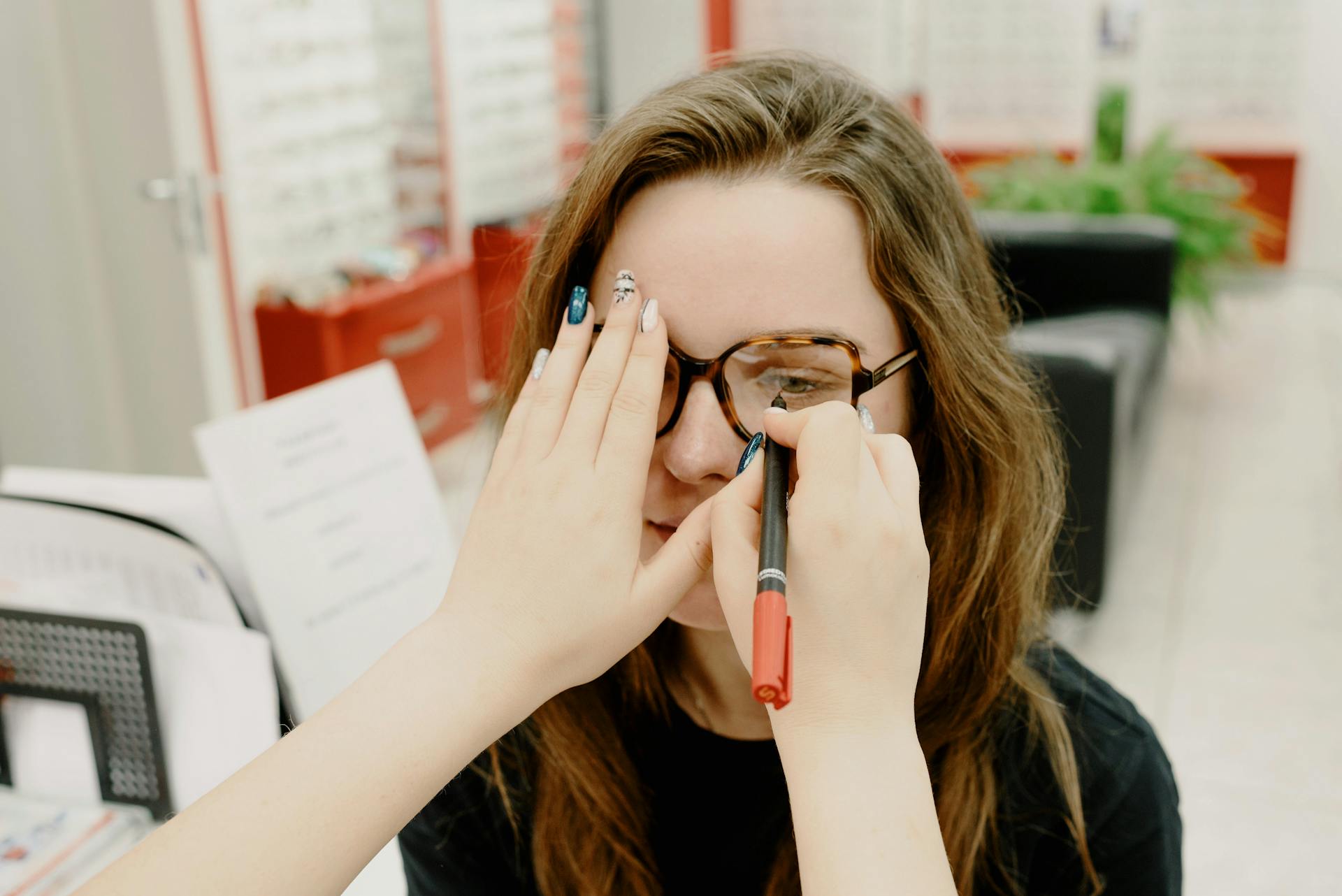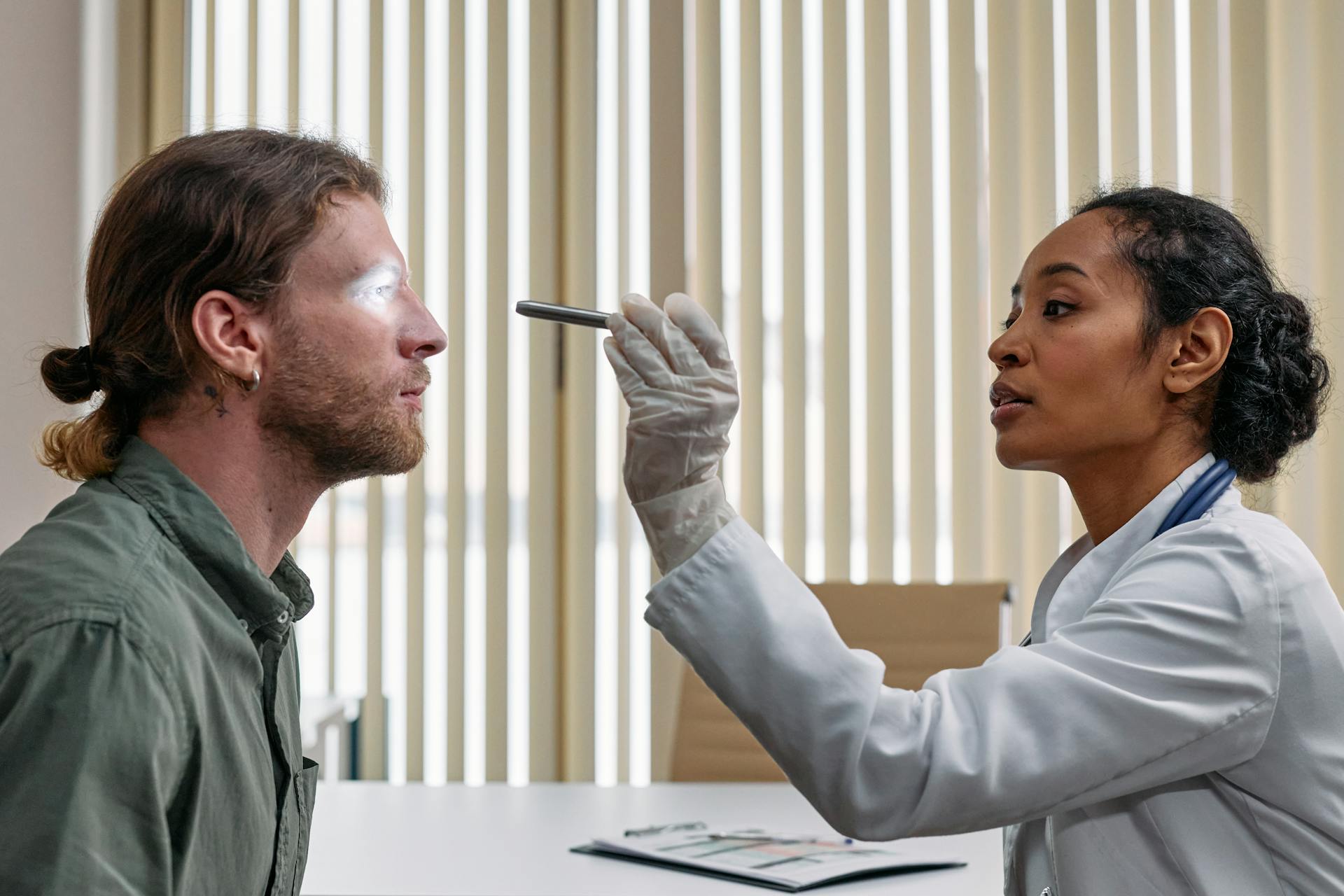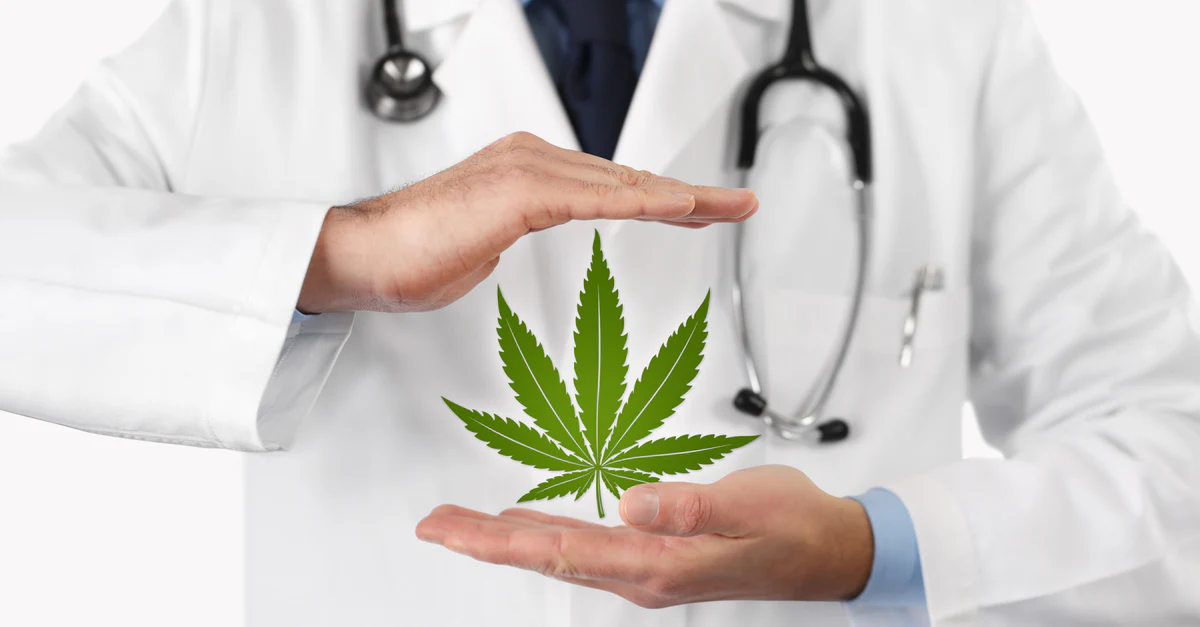An oxygen concentrator is an invaluable medical device for those who require supplemental oxygen. While the concentrator provides the all-important oxygen, various accessories can enhance comfort, mobility, and ease of use. Exploring the options for accessories can help oxygen therapy patients optimise their independence and quality of life.
Critical Accessories for Oxygen Concentrators
There are several oxygen concentrator accessories that most users will want to consider:
Humidifier
The continuous flow of dry oxygen from a concentrator can irritate and dry out the nasal passages and throat. A humidifier adds moisture to the oxygen to make breathing more comfortable. Humidifiers are available in both heated and passive varieties. Heated humidifiers offer the most humidification but require electricity. Passive options like bubble humidifiers provide moisture through an unheated water chamber.
Oxygen Tubing
Tubing delivers oxygen from the concentrator or cylinder to the patient. Standard tubing is typically 5 to 10 feet long. Users who want to move around more freely may purchase tubing in longer lengths, up to 50 feet. Tubing should be replaced regularly to prevent cracking or blockages impacting oxygen delivery.
Cannulas and Masks
A cannula or oxygen mask fits over the face to deliver oxygen. Cannulas are inserted into the nostrils, while masks cover the nose and mouth. Masks provide higher concentrations of oxygen. The choice between a cannula and a mask depends on a patient’s oxygen needs and comfort preferences.
Oximeter
An oximeter is a small device that clips onto the finger and continuously monitors blood oxygen saturation levels. An oximeter allows patients to monitor their oxygen levels and ensure the concentrator is set to adequate flow settings.
Carrying Case
Portable, lightweight carrying cases allow concentrator users to transport their devices for on-the-go use. Carrying cases often have handles or a shoulder strap, and some feature wheels for easy rolling. Cases protect the concentrator from damage during transport.
Battery Pack
Battery packs power the concentrator without a wall outlet, greatly enhancing transportability. Higher capacity batteries provide more hours of use between charges. Batteries allow patients to receive uninterrupted oxygen therapy during power outages or activities away from electricity.
Carts and Stands
Carts provide wheeled mobility for stationary concentrators while not in use. Stands hold the device upright and raise it off the floor. This keeps the concentrator stable and its air vents clear.
Enhancing Concentrator Portability
One of the most essential benefits of accessories is that they maximize and extend the portability of oxygen concentrators. This allows users greater freedom and range. There are a few necessary accessories that can optimise concentrator portability:
Long Tubing
As mentioned, extended tubing up to 50 feet enables users to move freely around their homes without transporting their concentrator from room to room. For those who want to leave the house for short periods, long tubing also enables grabbing some fresh air outdoors while the concentrator remains indoors.
High Capacity Batteries
Look for batteries that provide longer run times between charges. Some batteries can operate portable concentrators for up to 8 hours on one charge. Higher capacity batteries allow for longer outings away from power sources. They are indispensable for shopping, dining, and attending appointments or events.
Backpack Accessories
Some portable concentrators can be used with a backpack carrying case or harness strap to provide complete mobility. This leaves the hands wholly free and distributes the weight comfortably across the body for extended wear. Backpacks allow easy transport over long distances.
Carts and Rollators
For those who require a steady flow of higher-purity oxygen, carts enable the wheeling of larger, more powerful stationary concentrators from room to room. Rollators are walkers with built-in seats and storage bags holding an oxygen tank. This provides mobility while maintaining access to a stationary oxygen source when away from the concentrator.
Enhancing Home Use and Comfort
There are also concentrator accessories geared more toward optimising in-home use and enhancing patient comfort:
Humidifier
By adding moisture to the oxygen flow, humidifiers make breathing easier and prevent dryness. This makes continuous in-home use more comfortable.
Monitor Stand
A sturdy stand or cart holds the concentrator upright to keep it functioning correctly. Monitor stands with baskets provide convenient storage for cannulas, tubing, and other accessories when not in use.
Tubing Management
Tubing holders, clips, and guides keep lengthy tubing neat, untangled, and out of the way. This helps prevent tripping hazards and damage to the tubing.
Skincare Products
Oxygen therapy can dry out the skin. Lotions, lip balms, and nasal salves relieve skin irritation and keep the body more comfortable during oxygen use.
Comfortable Cannulas
Pillow soft cannulas with ultra-thin tubing maximise comfort during extended daily use. Rotatable tubing connections prevent entanglement.
Specialty Accessories
Beyond standard accessories, there are some specialised add-ons for oxygen concentrators designed for specific situations:
Mask Straps
Elastic mask straps provide a hands-free way to hold oxygen masks in place for activities or sleeping. This prevents having to manually keep a mask continuously.
Active Flow Meters
These battery-operated flow meters display the flow rate from the concentrator for precise monitoring. Some feature audible alarms when flow drops below prescribed levels.
Oxygen Conserving Devices
For ambulatory patients, oxygen-conserving devices sense inhalation and only deliver oxygen during inhalation. By not providing excess oxygen between breaths, this extends battery run times.
Medication Nebulizers
Nebulisers attach to oxygen tubing to aerosolise liquid medications. Patients can inhale the vaporised medicine and oxygen for direct delivery to the lungs. This improves medication effectiveness.
Regulators
Regulators adjust pressure from high-flow oxygen sources like cylinders to safe levels for therapy use. This allows tapping into portable cylinders for oxygen when away from the concentrator.
Key Takeaways on Oxygen Concentrator Accessories
The wide range of accessories for oxygen concentrators serves many helpful purposes:
- They maximise mobility during oxygen therapy for an active lifestyle.
- They enhance patient comfort and ease of use for long-term oxygen therapy.
- They provide backup options for supplementary oxygen when away from the concentrator.
- They monitor oxygen delivery and alert patients to potential issues.
- They allow easy use of medications.
With the right accessories, oxygen users can customise their therapy experience. The result is the freedom to safely engage in daily activities with supplemental oxygen tailored to their needs and preferences. Consult with a doctor to determine which accessories are recommended or required. Then, explore the options to breathe easier on oxygen therapy.




